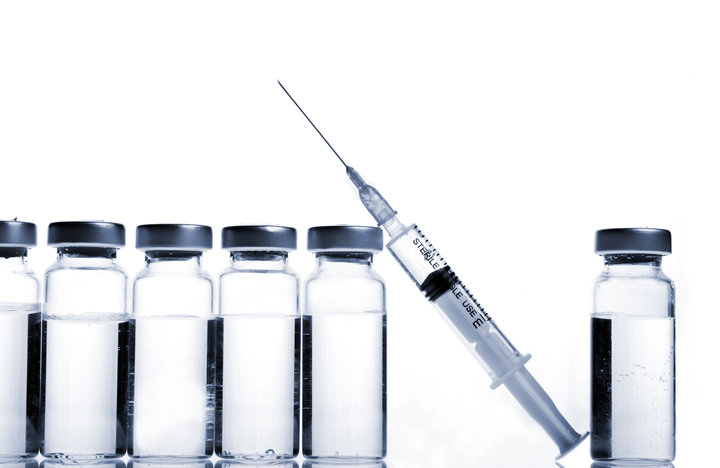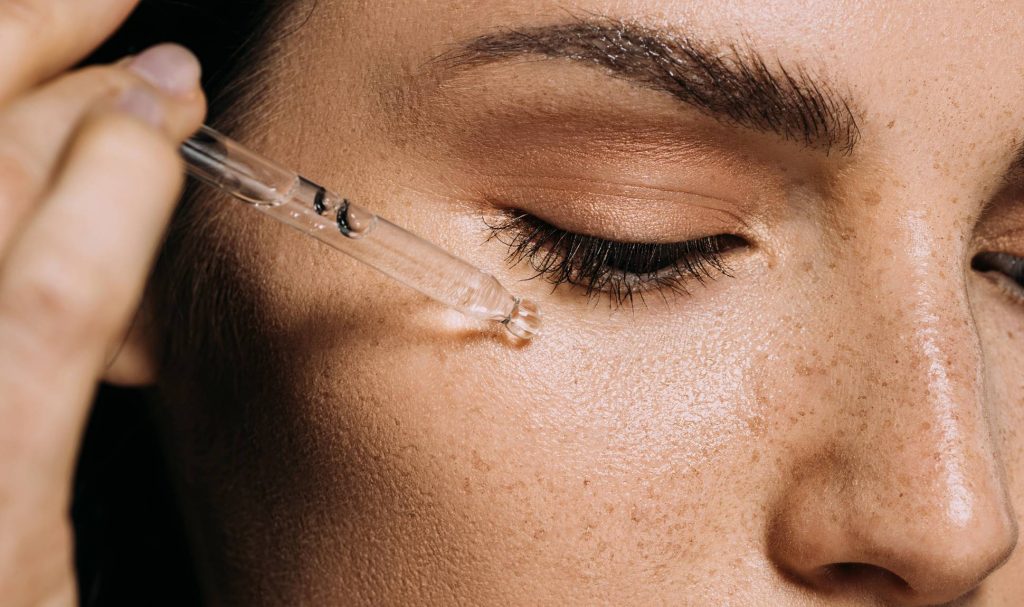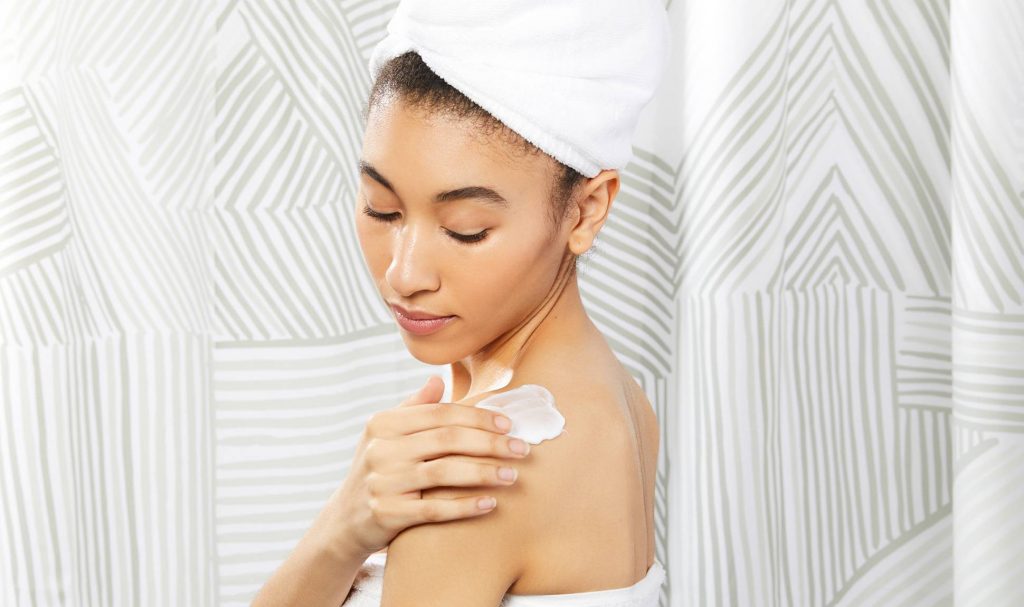Most of us are familiar with botulinum toxin injections (commonly known by their brand names as Botox, Dysport and Xeomin) to erase facial wrinkles.
But Botox can also help people who suffer from excessive sweating, which is known as hyperhidrosis. In order to put a halt to sweating, it’s become increasingly more common to receive Botox injections in the armpits. And now, people are getting injections in their groin, as well.
Interview with Dr. John H.Tu, M.D. from the University of Rochester Department of Dermatology and dermatologist for Dermatology Associates of Rochester. He filled us in on all the details.
To stop sweating, Botox is injected into a patient’s groin crease.
“You have this sort of trough that runs from your hip to where your genitals are,” Dr. Tu said. “Basically it’s a crevice that tends to get trapped by the leg skin and the belly skin. It’s sort of the two diagonal sides of panties ― the diagonal panty line. This is where people tend to get a lot of moisture.”
According to Allergan, the makers of Botox, the toxin injections work by blocking the chemical signals from the nerves that stimulate sweat glands.
Sweating in this region can create a problem, especially if you’re overweight.
“People who are overweight would have a little bit of an overhang of the lower abdomen,” Dr Tu said. “For people who are thin, it’s less of an issue because they would have less of lower belly overhang that’s gonna cause the trapping of moisture. That’s not to say that it cannot occur, to some extent.”
Groin injections are generally administered every four to six months.
“The typical injections that we do for hyperhidrosis of the armpits is between four to six months because that’s how long the product lasts,” Dr. Tu said, adding that if timed correctly, the injections could be seasonal. “I would assume that given the area is about the same in terms of area coverage in terms of the armpits and the groin area more or less they’re about the same area. About six months.”
No numbing process is used for this kind of procedure.
“The discomfort is minimal,” Dr. Tu explained. “It’s actually more painful in the face than it is in the armpits. The nerve density in the armpits and in the groin is actually less than on the face.”
Several injections are required per treatment, but each injection is very small.
“The injections are not very big, they’re multiple little injections,” Dr. Tu said. “The purpose of doing the little injections is to spread the effect around the broad area. If you only injected one area you’re relying on the medication to diffuse out far enough to do the thing so you’re not going to get the spread of the effects. So you really want the entire area, the length of the injection area to get that effect so you would do multiple injections separated by between one to two centimeters apart, somewhere in that range.”
There apparently aren’t a lot of risks associated with getting Botox injections in your groin.
“In the groin area, [Botox] is injected very, very superficially ― it’s not deep enough to have any significant effect as there’s no actual muscle in this particular area,” Dr. Tu said, adding that there shouldn’t be any risk, as long as the person administering the injections knows what they’re doing. “And whatever muscles there are are such huge muscles, the tiny amount of Botox injected into this area isn’t going to make any amount of difference.”
Less than 1 percent of people getting Botox get this procedure, according to Tu.
Part of the reason people might not be getting these groin injections is because insurance doesn’t always cover Botox coverage for hyperhidrosis, Dr. Tu explained. He conservatively estimated that for people who pay for this procedure out of pocket might be out around an average of $1,500 per treatment.
Groin injections can potentially reduce the chance you’ll get yeast or fungal infections.
“Botox is not a preventative measure. What it does is by reducing sweating, you reduce the wetness of this area,” Dr. Tu said. “And by reducing the wetness of the area, you can potentially ― I will not say absolutely ― potentially reduce the propensity to get yeast and fungal infections in the groin area. It will not by itself prevent fungal infections. It makes it less likely, because it keeps the area drier.”




